Which Meat Products Are Suitable For The Meat Dicing Machine?
Beyond the Butcher's Knife: Exploring the Expansive Realm of Diceable Meats
In the contemporary food processing milieu, the advent of the automated dicing machine has irrevocably transformed the preparation of a panoply of animal proteins. Surpassing the limitations and inherent variability of manual butchery, these sophisticated devices proffer unparalleled precision and efficiency in comminuting substantial quantities of meat into uniformly sized cubes. This technological innovation has far-reaching implications, impacting not only the aesthetic presentation of culinary creations but also the consistency of cooking times and the overall quality of the final product. The sheer breadth of meat types amenable to this process is truly remarkable, encompassing everything from the commonplace to the more exigent.
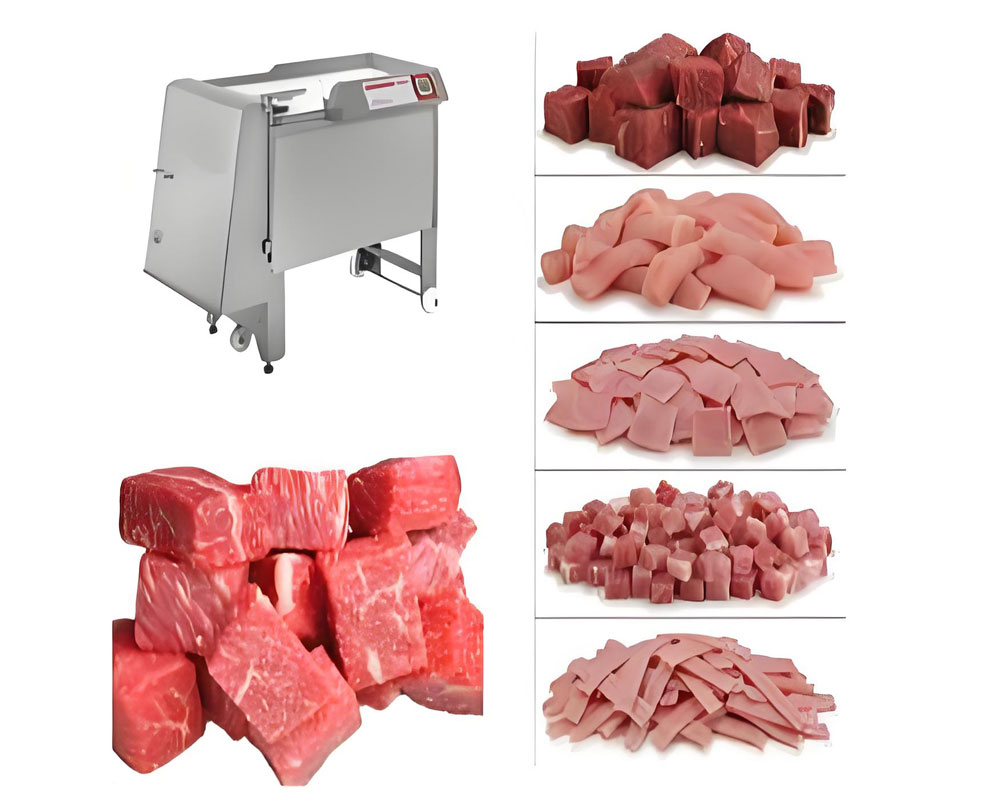
The Cornerstone of Countless Cuisines: Beef's Amenability to Dicing Machines
Beef, a ubiquitous protein source across a multitude of global cuisines, exhibits exceptional compatibility with dicing machinery. Its inherent muscular structure, characterized by varying degrees of marbling and connective tissue, can be expertly managed by appropriately calibrated dicers. From lean cuts intended for delicate preparations to more robust portions destined for prolonged braising, the dicing machine proves an invaluable asset in standardizing the initial stage of myriad recipes.
From Robust Stews to Sizzling Stir-Fries: Tailoring the Dice for Diverse Bovine Applications
The adaptability of dicing machines allows for the precise tailoring of dice dimensions to suit specific culinary objectives. For instance, the creation of hearty stews necessitates larger, substantial cubes that can withstand extended cooking times without disintegrating. Conversely, the rapid cooking inherent in stir-fries demands smaller, more uniform dice that cook quickly and evenly, ensuring a harmonious textural experience. This granular control over the final product underscores the machine's utility in professional kitchens and food processing plants alike.
Pork's Plurality: How Dicing Machines Conquer the Swine Spectrum
The diverse textural profiles encountered within porcine anatomy present no significant impediment to the modern dicing machine. Whether processing the tenderloin for elegant sauté dishes or the tougher shoulder for slow-cooked delicacies, these machines adeptly manage the inherent variations. The consistent cubing achieved enhances both the visual appeal and the culinary performance of pork-centric dishes.
Succulent Cubes for Skewers to Precise Portions for Processing: Harnessing the Dicer's Power with Pork
The applications of diced pork are legion. From the preparation of visually appealing and evenly cooking cubes for skewers destined for the grill, to the creation of precisely sized portions for incorporation into processed meat products, the dicing machine provides an indispensable tool. This level of uniformity not only optimizes cooking but also facilitates accurate portion control, a crucial factor in commercial food service.
Poultry Perfection: Achieving Uniformity and Enhancing Safety with Diced Chicken and Turkey
The processing of poultry, particularly chicken and turkey, benefits immensely from the implementation of dicing technology. The inherent softness of these meats necessitates precise and sharp cutting implements to avoid tearing or shredding. Modern dicing machines are engineered to handle poultry with finesse, producing consistently sized dice that enhance both the aesthetic appeal and the cooking uniformity of the final product. Furthermore, the automated nature of the process significantly reduces the risk of cross-contamination, bolstering food safety protocols.
Minimizing Waste, Maximizing Consistency: The Indispensable Role of Dicers in Poultry Preparation
Beyond the attainment of uniform dice, these machines play a pivotal role in minimizing waste during poultry processing. By optimizing the cutting process, they ensure maximum yield from each carcass. The consistency achieved in dicing also translates to more predictable cooking times and a more uniform texture in dishes featuring diced poultry, enhancing the overall culinary experience.
The Richness of Ruminants: Lamb and Mutton's Successful Transformation Through Dicing
Lamb and mutton, with their distinctive flavor profiles and varying degrees of fat content, are also readily amenable to processing via dicing machines. The ability to achieve consistent cube sizes is particularly advantageous when preparing dishes where even cooking is paramount, such as curries and kebabs.
Elevating Flavor Profiles with Precisely Diced Lamb for Curries and Kebabs
In the realm of aromatic curries and succulent kebabs, the uniformity of diced lamb is not merely an aesthetic consideration; it directly impacts the release of flavor during cooking. Precisely diced pieces ensure even exposure to heat and marinades, leading to a more nuanced and thoroughly infused final product. This level of control is a hallmark of professional culinary practice.
Veal's Velvet Touch: Employing Dicing Machines for Delicate and Tender Results
Veal, prized for its delicate texture and subtle flavor, requires a gentle yet precise approach to processing. Dicing machines, when appropriately configured, can handle veal with the necessary finesse, producing uniform cubes without compromising the integrity of the meat fibers.
Ensuring Uniformity in Scallopini and Other Veal Preparations
While often associated with larger cuts, dicing machines find utility in preparing veal for dishes like scallopini, where small, uniform pieces are required for quick and even cooking. This application underscores the versatility of these machines in addressing diverse culinary needs.
Venturing into the Wild: Dicing Machines for Game Meats Like Venison and Bison
The processing of game meats, such as venison and bison, presents unique challenges due to their often firmer texture and lower fat content. However, modern dicing machines equipped with robust cutting mechanisms are capable of effectively comminuting these meats into uniform dice.
Taming the Texture: Achieving Consistent Cuts in Firmer Game Meats
The key to successfully dicing firmer game meats lies in the machine's power and the sharpness of its blades. Properly maintained and configured dicers can overcome the inherent toughness of these proteins, producing consistent cuts that are essential for uniform cooking and optimal texture in dishes like stews and ragouts.
The Processed Pantheon: How Dicing Machines Streamline the Production of Sausages and More
Beyond whole muscle applications, dicing machines play a crucial role in the efficient production of various processed meat products, including sausages, pâtés, and terrines. The ability to create uniformly sized pieces of meat and fat is essential for achieving the desired texture and distribution of ingredients in these preparations.
From Frankfurter Fillings to Pepperoni Pieces: The Dicer's Contribution to Processed Meat Efficiency
Whether preparing the finely diced meat for frankfurter fillings or the slightly larger pieces characteristic of pepperoni, dicing machines offer a significant advantage in terms of speed, consistency, and labor efficiency in the processed meat industry.
An Aquatic Advancement: Exploring the Potential of Dicing Machines for Select Seafood
While traditionally associated with terrestrial animals, the application of dicing machines is also expanding into the realm of select seafood. Firm-fleshed fish, such as tuna and swordfish, can be successfully diced for use in specific culinary applications.
Creating Consistent Portions of Firm Fish for Specific Culinary Applications
The ability to create consistent portions of firm fish using a dicing machine offers advantages in terms of portion control and uniform cooking, particularly in high-volume food service environments. This nascent application highlights the ongoing evolution of dicing technology.
Decoding Diceability: Key Characteristics That Determine a Meat's Suitability for Dicing Machines
Not all meats are created equal when it comes to their amenability to dicing. Several key characteristics influence a meat's suitability for this process, including the interplay of muscle fiber and connective tissue, the influence of intramuscular fat, and whether the meat is bone-in or boneless.
The Interplay of Muscle Fiber and Connective Tissue: Understanding Meat Texture in Relation to Dicing
The texture of meat, determined by the arrangement and density of muscle fibers and the amount of connective tissue present, significantly impacts its diceability. Meats with shorter muscle fibers and less dense connective tissue tend to dice more cleanly and uniformly. Conversely, meats with abundant connective tissue may require more powerful machines and sharper blades to achieve satisfactory results.
The Influence of Intramuscular Fat: Navigating Fat Content for Optimal Dicing Outcomes
Intramuscular fat, or marbling, contributes to the flavor and tenderness of meat. However, high levels of fat can sometimes present challenges during dicing, potentially leading to smearing or uneven cuts. Modern dicing machines are often equipped with features designed to mitigate these issues, such as specialized blade configurations and temperature control.
Bone-In or Boneless: Preparing Meat for the Dicing Process
For optimal performance and to prevent damage to the machinery, meat intended for dicing should invariably be boneless. The presence of bones can impede the cutting process and potentially damage the delicate blades of the dicing machine.
The Chilling Factor: Why Temperature Plays a Crucial Role in Successful Dicing
Temperature is a critical parameter in the meat dicing process. Ideally, meat should be well-chilled but not frozen solid before dicing. This firm consistency allows for cleaner and more precise cuts, minimizing tearing and maximizing uniformity.
Matching Machine to Meat: The Symbiotic Relationship Between Dicer Configuration and Product Type
The selection of the appropriate dicing machine configuration is paramount to achieving optimal results with different types of meat. Factors such as the power of the motor, the design of the cutting mechanism, and the available grid sizes must be carefully considered in relation to the specific characteristics of the meat being processed.
The Art of the Blade: Selecting the Right Cutting Implements for Different Meats
The type and sharpness of the blades employed in the dicing machine are crucial determinants of the quality of the final dice. Different blade configurations are designed to handle various meat textures and fat contents effectively. Regular maintenance and sharpening of the blades are essential for consistent and efficient operation.
Grid Size and Output Goals: Fine-Tuning the Dicer for Specific Dimensional Requirements
Dicing machines offer a range of interchangeable grids that allow for the selection of different dice sizes. The choice of grid size is dictated by the specific culinary application or processing requirements. Fine-tuning this parameter ensures that the final product meets the desired dimensional specifications.
Real-World Renditions: Case Studies Showcasing Successful Meat Dicing Applications
The practical benefits of meat dicing machines are best illustrated through real-world examples. Consider the optimization of beef dicing for high-volume stew production, where consistency in cube size ensures even cooking and a palatable texture across large batches. Similarly, the enhancement of consistency in pre-portioned poultry through dicing technology streamlines meal preparation and improves the overall quality of ready-to-cook products.
Optimizing Beef Dicing for High-Volume Stew Production: A Case Study in Efficiency
In commercial kitchens and food processing plants producing large quantities of beef stew, the implementation of automated dicing machines has led to significant gains in efficiency and product consistency. The ability to rapidly and uniformly dice large volumes of beef ensures predictable cooking times and a more appealing final product for consumers.
Enhancing Consistency in Pre-Portioned Poultry: A Practical Application of Dicing Technology
The demand for pre-portioned poultry has surged in recent years. Dicing machines play a vital role in fulfilling this demand by providing a reliable and efficient means of creating consistently sized pieces of chicken and turkey. This uniformity not only enhances the visual appeal of the product but also ensures even cooking when consumers prepare the poultry at home.
The Horizon of Hachis: Emerging Applications and Technological Innovations in Meat Dicing
The field of meat dicing is not static. Ongoing technological innovations are continually expanding the capabilities and applications of these machines. Emerging trends include the development of more sophisticated cutting mechanisms that can handle a wider range of meat textures and the integration of advanced control systems for even greater precision and automation. The exploration of dicing techniques for novel meat alternatives and the refinement of existing processes for traditional meats point towards a dynamic future for this essential technology.
Frequently Asked Questions (FAQ)
Q: Can a meat dicing machine handle frozen meat?
A: Generally, it is not recommended to dice fully frozen meat. While some heavy-duty industrial machines might have the capacity, it can strain the motor and potentially damage the blades. The optimal state for dicing is well-chilled but not frozen meat, which allows for clean and uniform cuts.
Q: What is the typical lifespan of a meat dicing machine blade?
A: The lifespan of a meat dicing machine blade is contingent upon several factors, including the volume and type of meat processed, the maintenance schedule, and the quality of the blades themselves. With proper care, including regular cleaning and sharpening, high-quality blades can last for a significant period. However, dull blades should be replaced promptly to ensure optimal performance and prevent damage to the machine.
Q: Are there different types of blades for different kinds of meat?
A: Yes, various blade configurations are available to accommodate the diverse textures and compositions of different meats. For instance, delicate poultry might require a different blade type than denser cuts of beef or game. Consulting the manufacturer's guidelines is crucial for selecting the appropriate blades for specific applications.
Q: How often should a meat dicing machine be cleaned?
A: Regular and thorough cleaning is paramount for maintaining hygiene and the longevity of a meat dicing machine. Ideally, the machine should be cleaned after each use to prevent the buildup of meat residue and bacteria. A more comprehensive deep cleaning should be performed periodically according to the manufacturer's recommendations.
Q: What safety precautions should be observed when operating a meat dicing machine?
A: Operating a meat dicing machine necessitates strict adherence to safety protocols. These typically include ensuring that the machine is properly assembled and maintained, using pushers to feed meat into the machine rather than hands, wearing appropriate personal protective equipment, and ensuring that the machine is disconnected from the power source before cleaning or maintenance.
Q: Can a dicing machine be used for vegetables as well?
A: While primarily designed for meat, some robust dicing machines with appropriate blade attachments can be used to process certain types of firm vegetables. However, it is essential to consult the machine's specifications and manufacturer's recommendations before attempting to dice vegetables to avoid damage or suboptimal results.
Conclusion: The Expansive Applicability of Meat Dicing Machines Across the Culinary Landscape
In summation, the meat dicing machine stands as a testament to the power of technological innovation in the culinary realm. Its expansive applicability across a diverse spectrum of animal proteins, from the familiar staples of beef, pork, and poultry to the more specialized domains of lamb, veal, and game, underscores its indispensable role in modern food processing and professional kitchens. The precision, efficiency, and consistency afforded by these machines not only elevate the quality and presentation of countless dishes but also contribute significantly to food safety and waste reduction. As technology continues to advance, the versatility and utility of meat dicing machines will undoubtedly continue to evolve, further solidifying their position as a cornerstone of the culinary landscape.
Must-Read Blogs For Chain Restaurants Owner

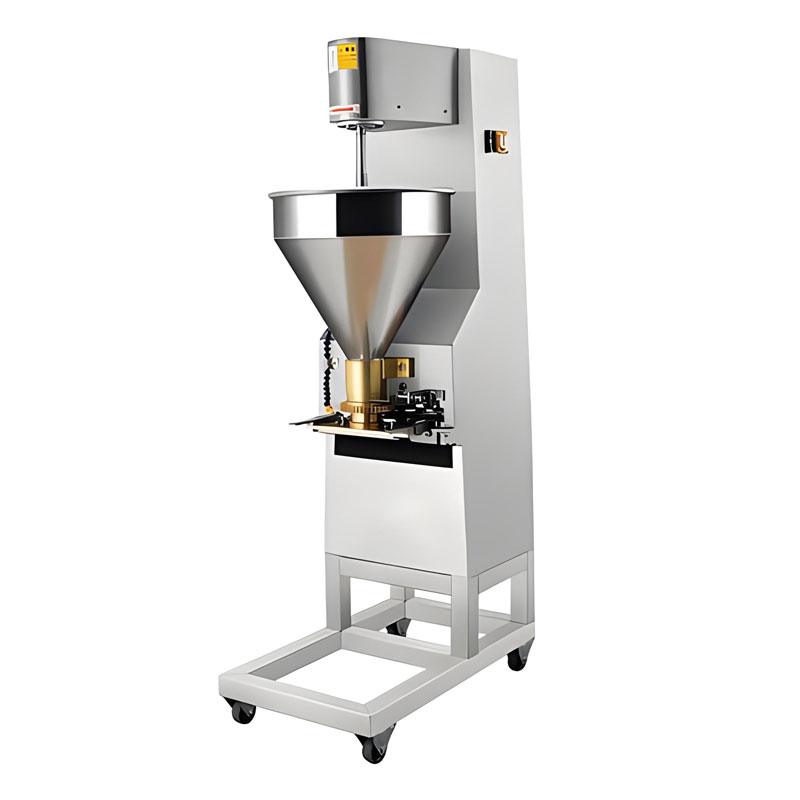
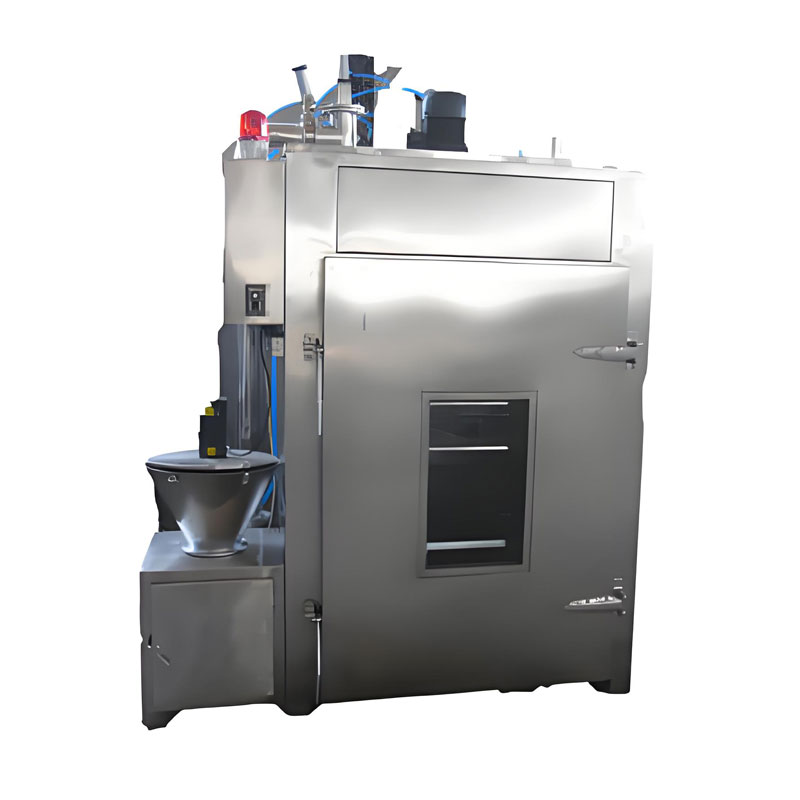
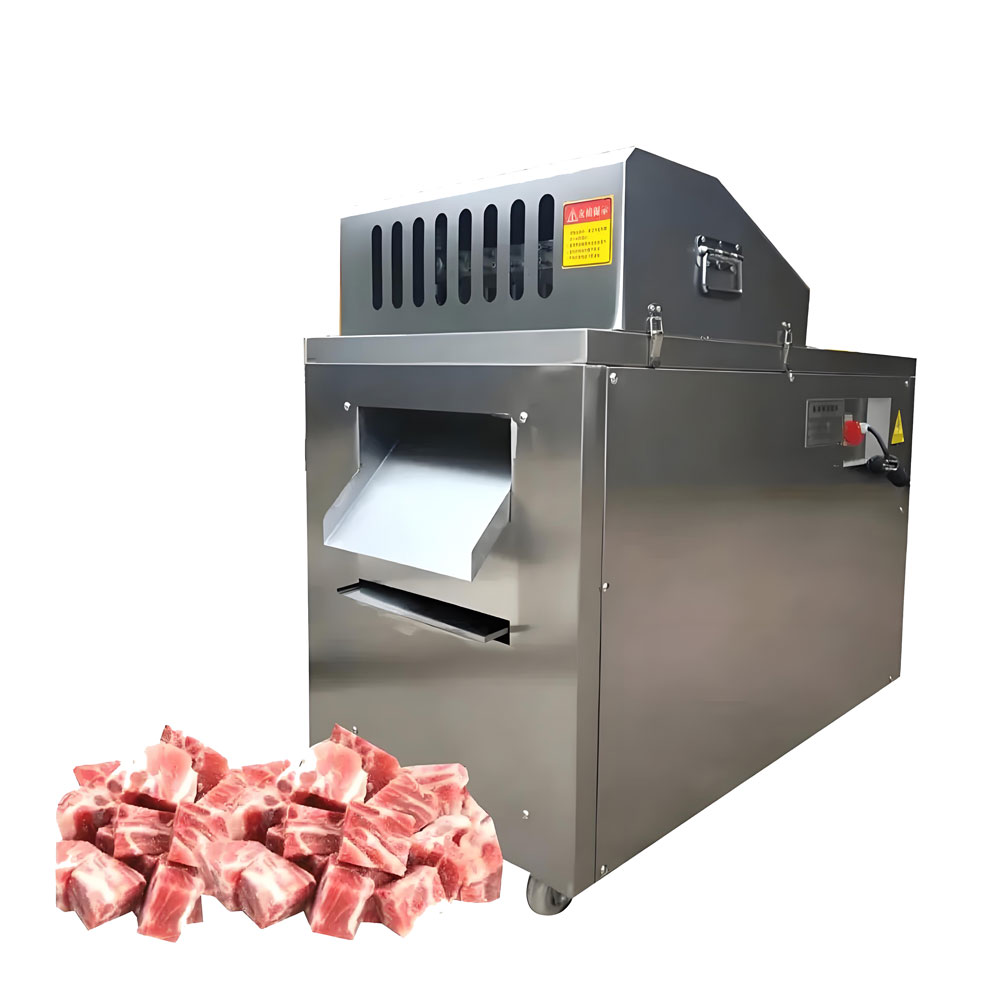
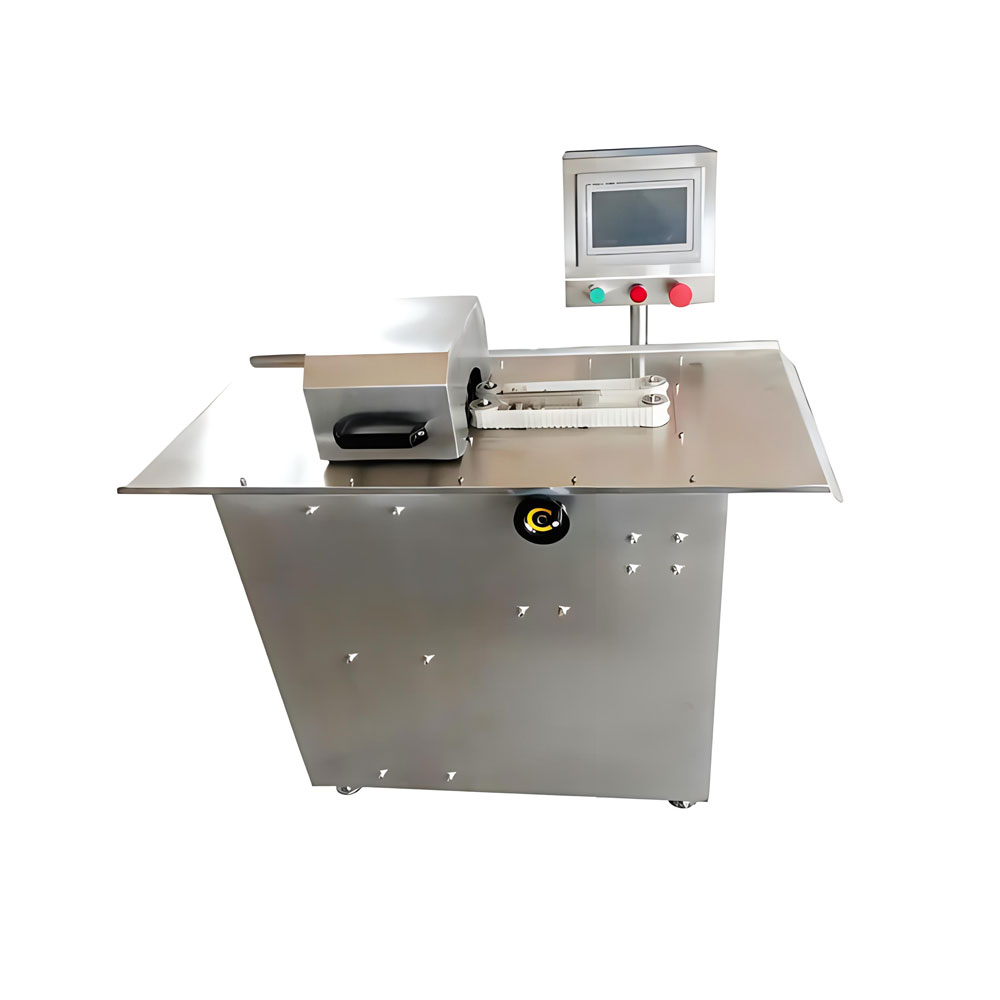
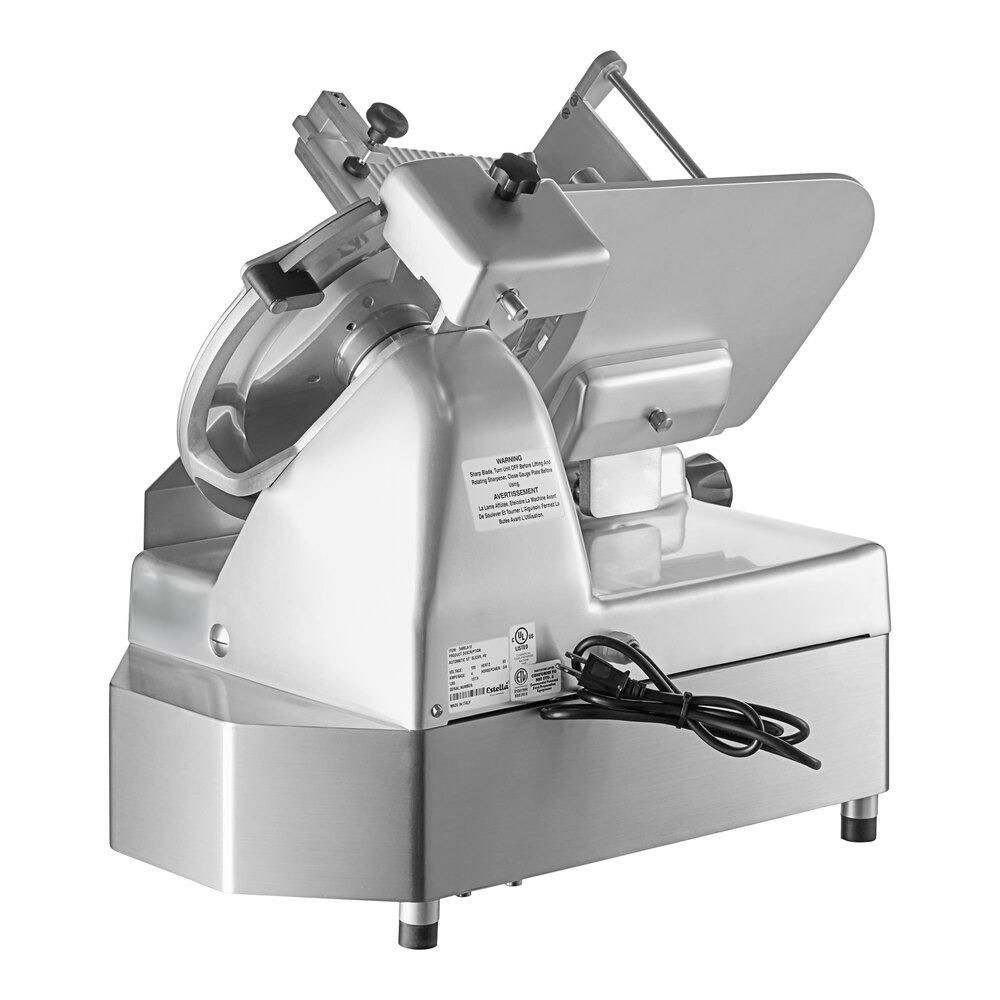
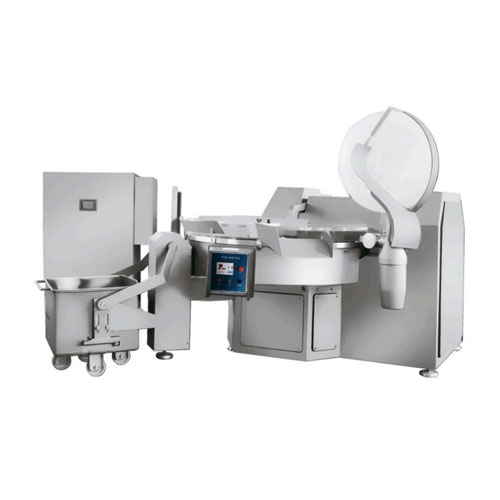
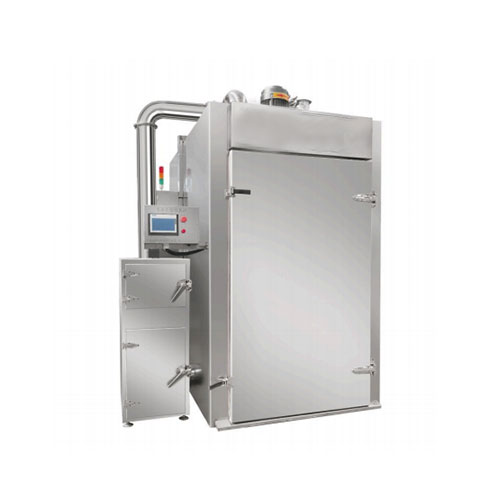
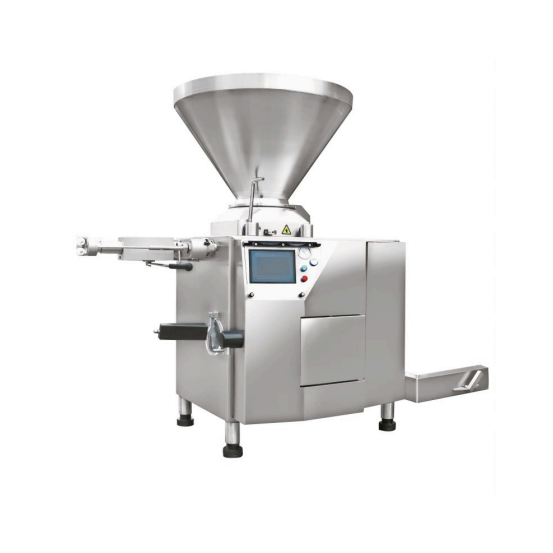
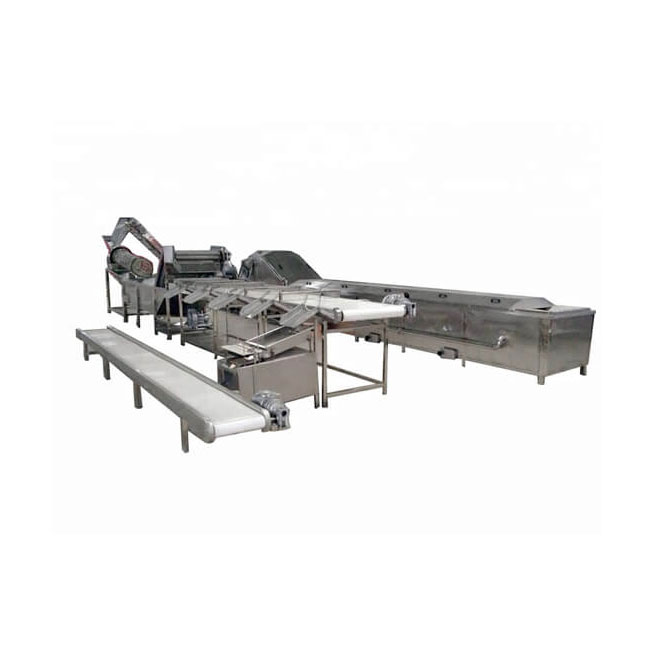
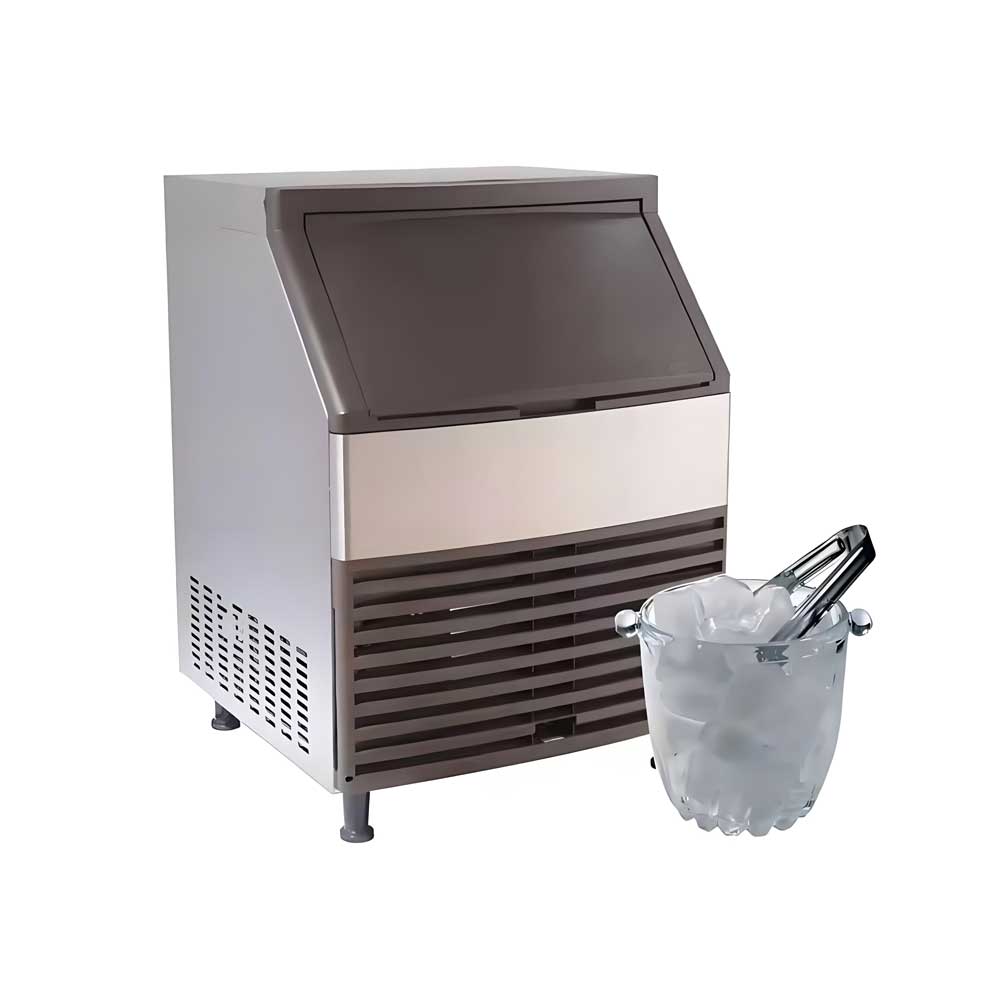
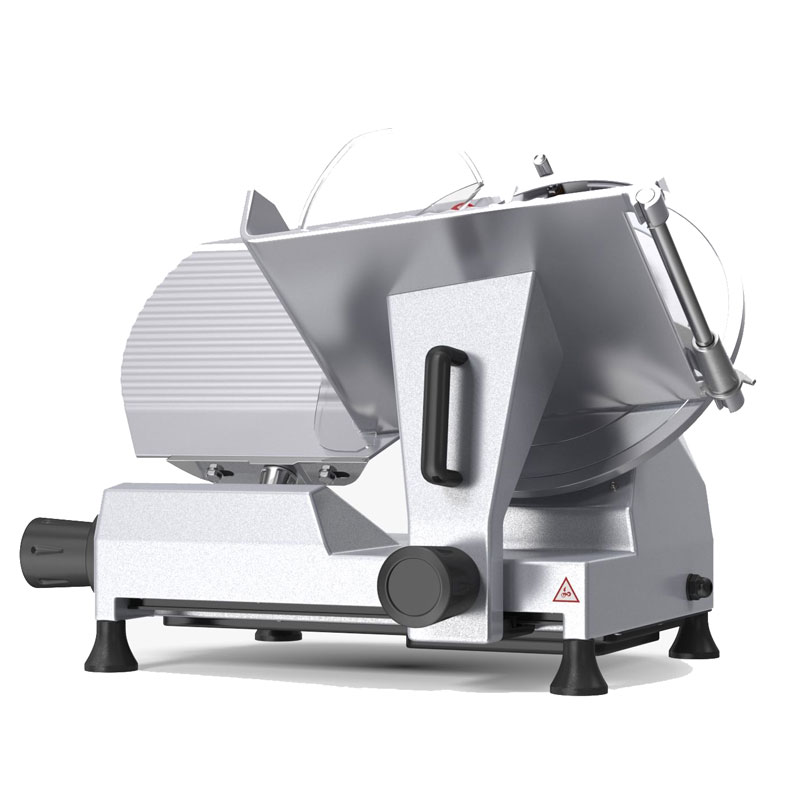 Heavy Duty Meat Slicer Machine
Heavy Duty Meat Slicer Machine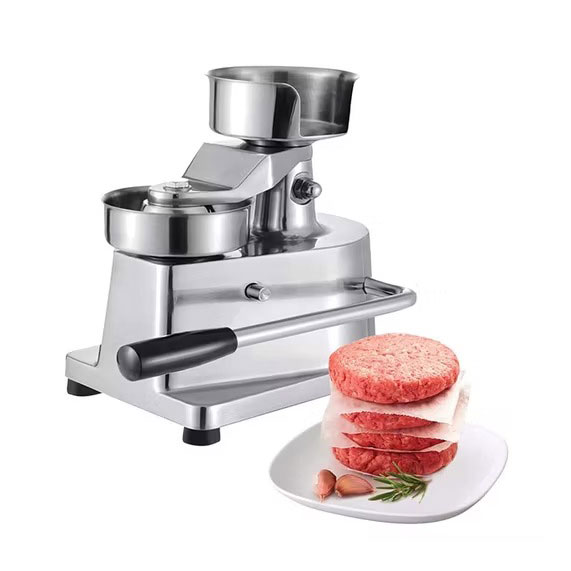 Meat Pie Maker Machine
Meat Pie Maker Machine
Ready to Get Started?